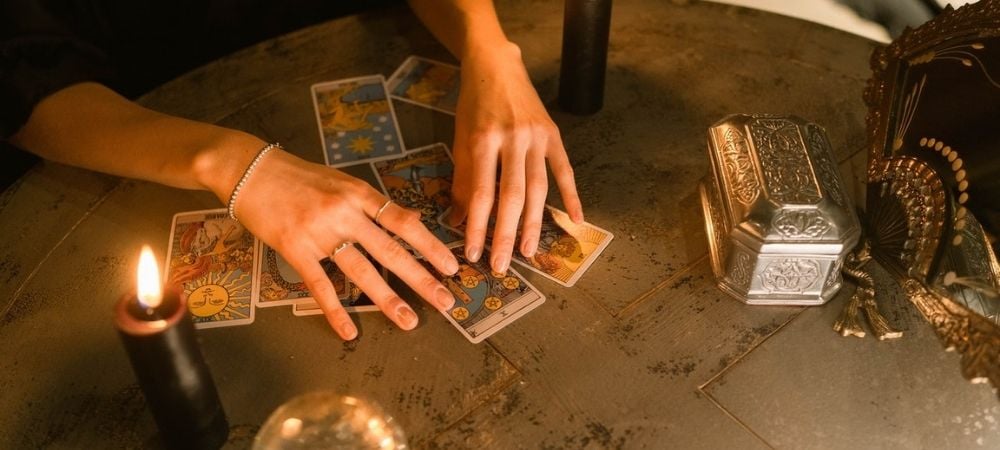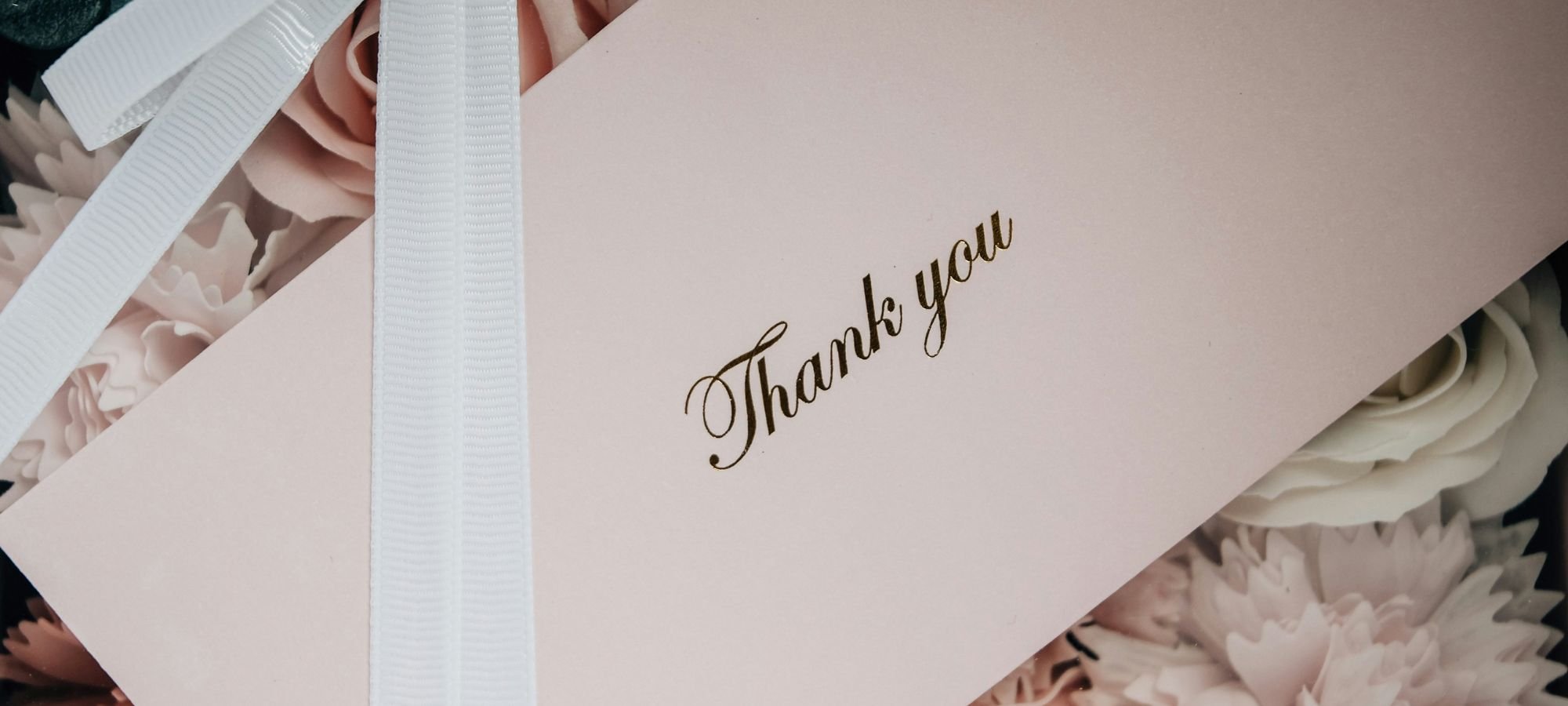Tarot cards might look mystical and esoteric – but learning how to read tarot cards can really help you to find new focus and insight into your life in a way that’s surprisingly non-magical. Perhaps you’ve been curious about the world of tarot cards and readings for a while, but have no idea about how to get started? Well, pick up a deck of tarot cards and
Below, we go over everything you need to know as a beginner looking to find out more about what tarot is, different tarot spreads, and how to do your first tarot reading. And if you’re looking for some appropriate cards for your favourite tarot reader, you could do worse than to check out our tarot birthday cards!
What is tarot?
The practice of reading tarot has been around since around the early 15th century, originating in Italy. Starting out as a game, tarot cards weren’t thought to possess any mystical qualities until the 18th century when the idea of the occult gained popularity.
Many people believe that tarot cards are used as a way to predict someone’s future. However, tarot is not there to tell you what will happen but rather what could happen with a focus on how you feel and respond to the reading.
Tarot cards for beginners
Now you know a bit more about the history of tarot and exactly what it is, it’s time to learn about the tarot card meanings, how to interpret them, and how to prepare a deck.
How many cards are in a tarot deck
Tarot decks are comprised of 78 unique cards which are split into two groups: the Major and Minor Arcana.
The Minor Arcana cards make up the majority of the deck with 56 cards. Meanwhile, Major Arcana has fewer cards at 22.
Tarot card meanings
Every card in a tarot deck is individual and has its own imagery and symbolism. The deck is, as we mentioned, split into two different types of cards – the Major Arcana and Minor Arcana.
Minor Arcana cards relate to the sorts of things we experience on a daily basis that won’t have as significant an impact on our lives. These cards are split equally into four different suits – wands, swords, pentacles, and cups, though different decks might call them slightly different things.
The four suits all represent a different part of life.
Here are the Minor Arcana suites and their meanings:
- Wands symbolise a person’s passion and motivation
- Swords represent a person’s thoughts and actions
- Pentacles relate to finances and work
- Cups represent your emotions, or the emotions of someone related to the reading.
Major Arcana cards are stand alone and don’t belong to a suit. These cards relate to significant life events that influence life and are sometimes referred to as the Trump Cards.
While cards can be interpreted slightly differently from person to person, you can find a deeper dive into their meanings over on Astrology.com.
Tarot spreads for beginners
A tarot spread refers to the layout in which the cards are chosen from a deck during a reading.
The person who is having the reading done is called a querent A querent comes from the Latin word for ‘seeking’, because you’re ‘seeking’ answers from the cards!
Since you have 78 unique tarot cards at your disposal, there are countless card spreads. And depending on how much detail you want, you can use more or less cards.
Just remember that prior to pulling the cards, you need to already have an idea of the different things you want insight into. Below, we go over a few tarot spreads suitable for beginners that you might want to try out.
3 card tarot spread
As the name suggests, the three-card tarot spread is a quick and easy way to do a reading involving only three tarot cards making it a perfect option for beginners.
However, regardless of whether you are a novice or more experienced, a three-card tarot reading can provide clarity and you can still discover so much with a few cards.
Here are some popular three-card spreads:
- Past / Present / Future
- Mind / Body / Spirit
- Situation / Problem / Guidance
- You / Someone else / Your relationship
- Strengths / Weaknesses / Advice
- Aspiration / Obstacle / Path forward
1 card tarot spread
If you want immediate answers, then you can always do a one-card tarot spread – this is also a great option if you’re short on time but want to get your daily practice in.
To do a one-card spread you just need to think of a question that is clear, fairly specific and isn’t a yes-no question.
Think along the lines of….
- What is my card of the day?
- How will I…?
- What should I do about…?
- How can I…?
- What do I need to know about…?
However, if you’re looking for more detail then a multiple card spread is usually the best option.
Celtic Cross spread
For any beginners who are looking for a challenge, you might want to give the 10 card tarot spread, aka the Celtic Cross spread, a shot. One of the most common spreads, it is a bit of a tricky one to master as it’s all about telling a story in your reading.
So, you’re going to be pulling 10 cards – but what do they all represent?
Card 1: What is going on with the querent at the moment?
Card 2: What is the immediate problem or issue?
Card 3: What caused that problem, or which events have led up to the current situation?
Card 4: What might happen in the future?
Card 5: What does the querent want to happen?
Card 6: Are there any secret or hidden feelings associated with the situation?
Card 7: Ideas on how the situation can be addressed
Card 8: What external influences that are beyond your control might affect the outcome.
Card 9: What are your hopes and fears surrounding the issue?
Card 10: What direction the situation is headed and how it might be resolved.
You can find out more about the layout, detailed explanations of exactly what each card represents, and how to get the most out of your Celtic Cross reading on Biddy Tarot.
How to do a tarot reading
While doing your first tarot reading might seem a bit daunting, there really is no right or wrong way to learn how to read tarot cards. Although we do have some tips that might help you when learning:
- Pick a deck that works for you
- Practice daily
- Do a spread with someone you aren’t familiar with
- Read your own cards
- Don’t overthink it, have fun
How to interpret tarot cards
After picking your tarot spread, it’s time to pull your cards. However, before you do that you need to make sure the deck has been sufficiently shuffled and halved by the querent (aka the person who is looking for guidance).
When learning how to read tarot cards, it’s important to take into account the card’s ‘official’ meaning but also how this relates to the rest of the spread – unless it’s a one card spread.
During the reading, it’s key to work with whoever it is for. Reading tarot doesn’t mean you’re a mind reader, so feel free to ask questions and discuss how the cards might relate to the querent’s personal situation. Also, there are times when cards won’t make sense with what you’re looking for.
Getting comfortable with interpreting all 78 tarot cards takes time and requires practice, but you’ll really begin to hone your craft.
Now you know everything you need about how to read tarot cards, and you can truly begin your mystical journey. Be sure to head over to the rest of the thortful blog where you can find all sorts of other how to guides.






